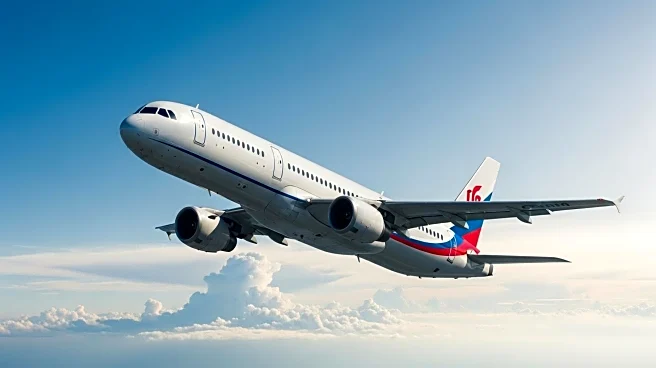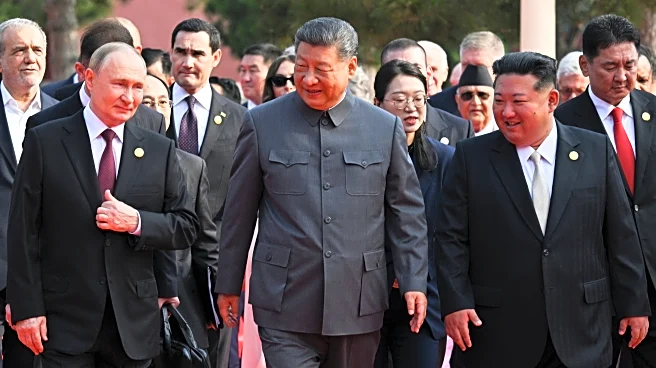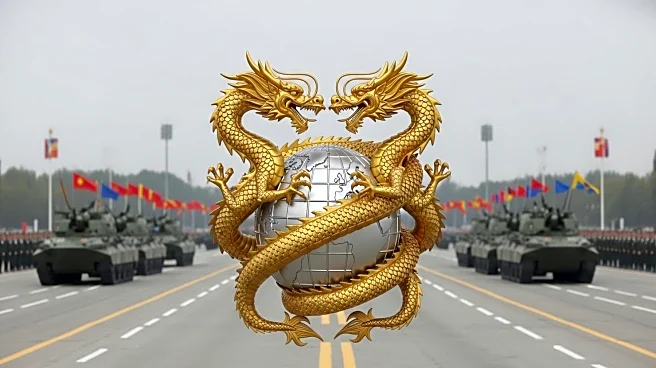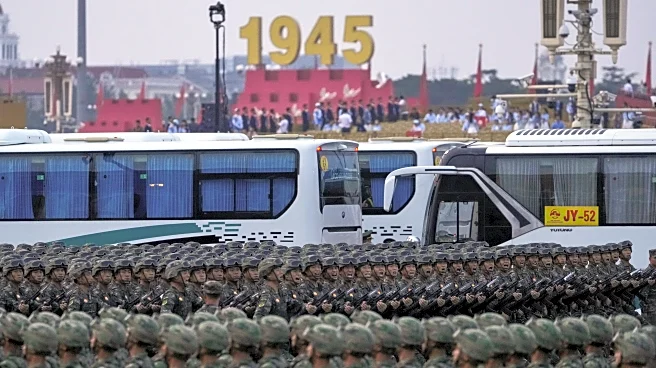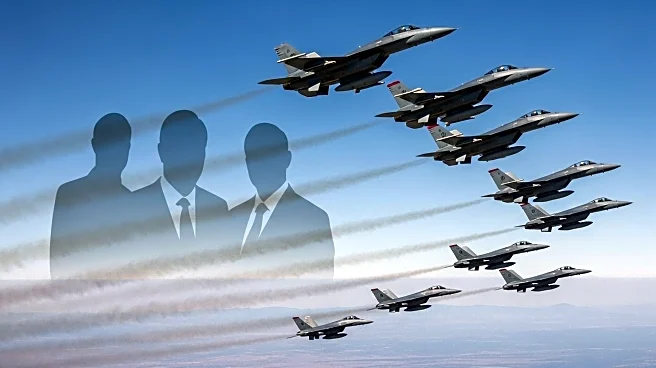What's Happening?
China has relaxed visa rules for Russian citizens, allowing stays of up to 30 days without a visa, effective from September 15. This policy aims to enhance cross-border travel as part of the 'comprehensive strategic partnership of coordination for the new era.' Despite Western sanctions, air travel between Russia and China has continued, with increased seat capacity and new routes. Chinese carriers have expanded their market share, while Aeroflot has increased its number of nonstop routes. The visa change is expected to boost tourism and business travel between the two countries.
Why It's Important?
The visa relaxation is likely to strengthen Sino-Russian relations and boost economic ties, particularly in the aviation and tourism sectors. As one of Russia's largest international markets, China provides a vital corridor for travel and trade, helping Russia mitigate the impact of Western sanctions. The increased connectivity may lead to greater cultural exchange and economic collaboration, benefiting industries such as hospitality and retail. The move also reflects China's strategic efforts to position itself as a key partner in global travel and commerce.
What's Next?
The introduction of visa-free travel is expected to increase demand for flights, potentially leading to more route expansions and increased competition among airlines. The policy may encourage other countries to consider similar agreements, further integrating Russia into the global travel network. Additionally, Russia's exploration of new air links in South Asia could diversify its international connections, enhancing its geopolitical influence.
Beyond the Headlines
The visa policy highlights the shifting dynamics in international relations, with China and Russia strengthening ties amid global tensions. This development raises questions about the long-term impact on Western alliances and the balance of power in Eurasia. The increased travel may also lead to discussions on security and immigration policies, as countries navigate the complexities of cross-border movement.
